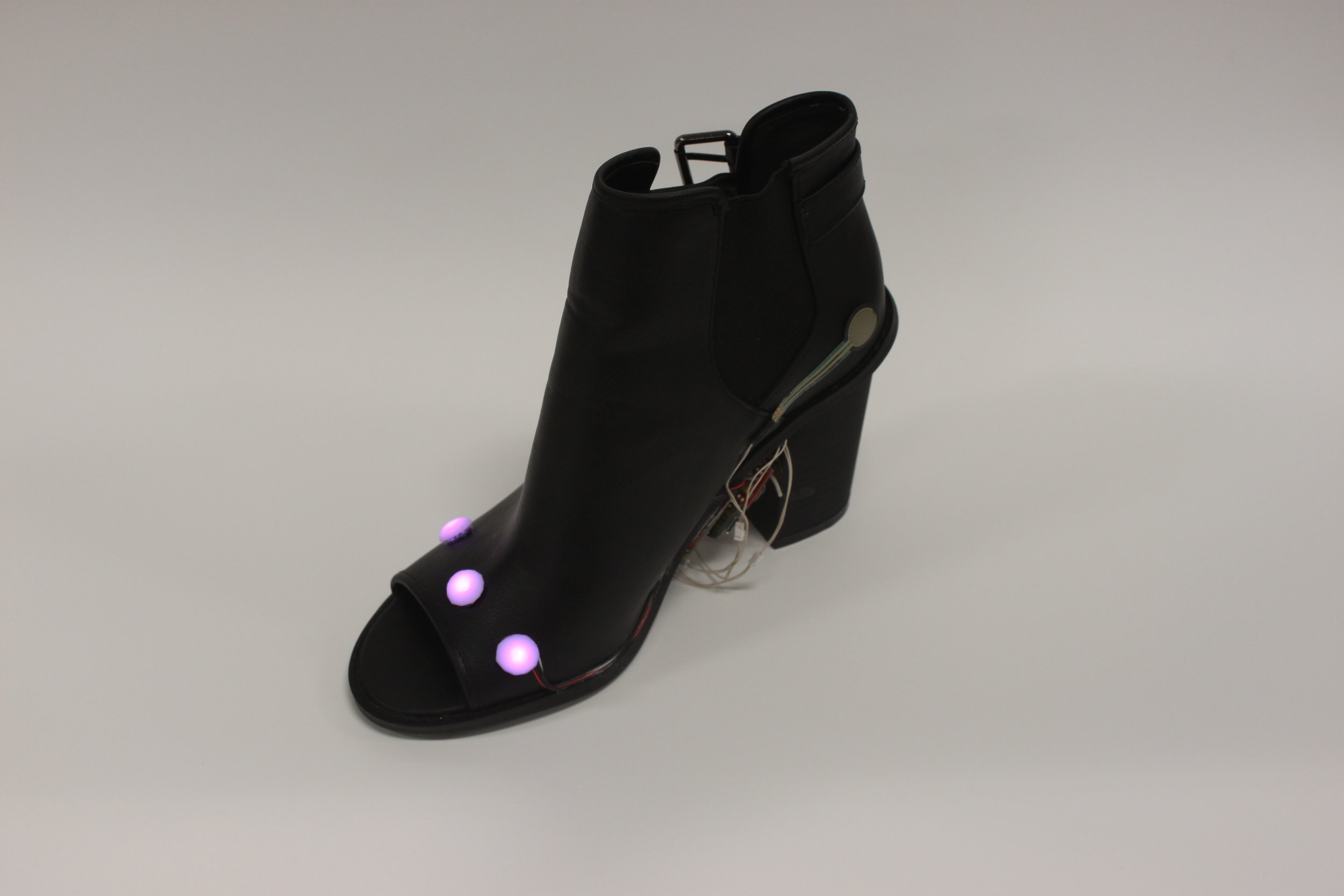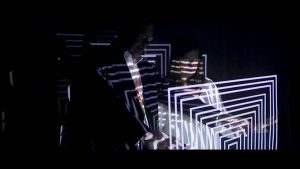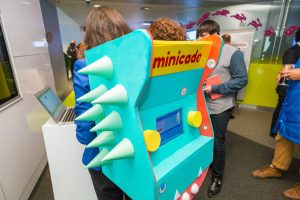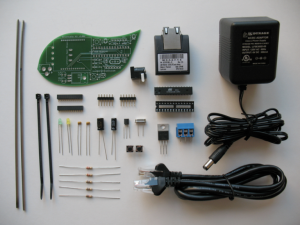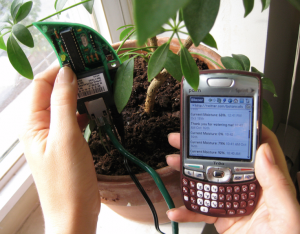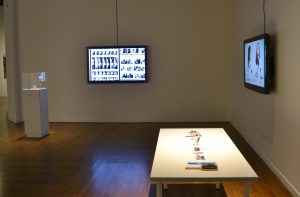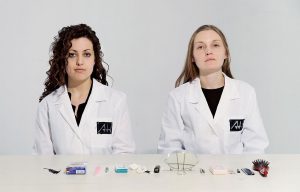Adelle Lin is a technological designer with a background in math and architecture. In a collaborative project for Intel with Caroline Foster, Reema Upadhyaya and Natalia Pulido, she served as researcher, UX designer, and Technology Prototyper to create “Emerald City,” an exploration of embedded technology in women’s shoes. While this type of research had previously only been tested on menswear, Lin and her team identified issues that were common for professional women in an urban context.
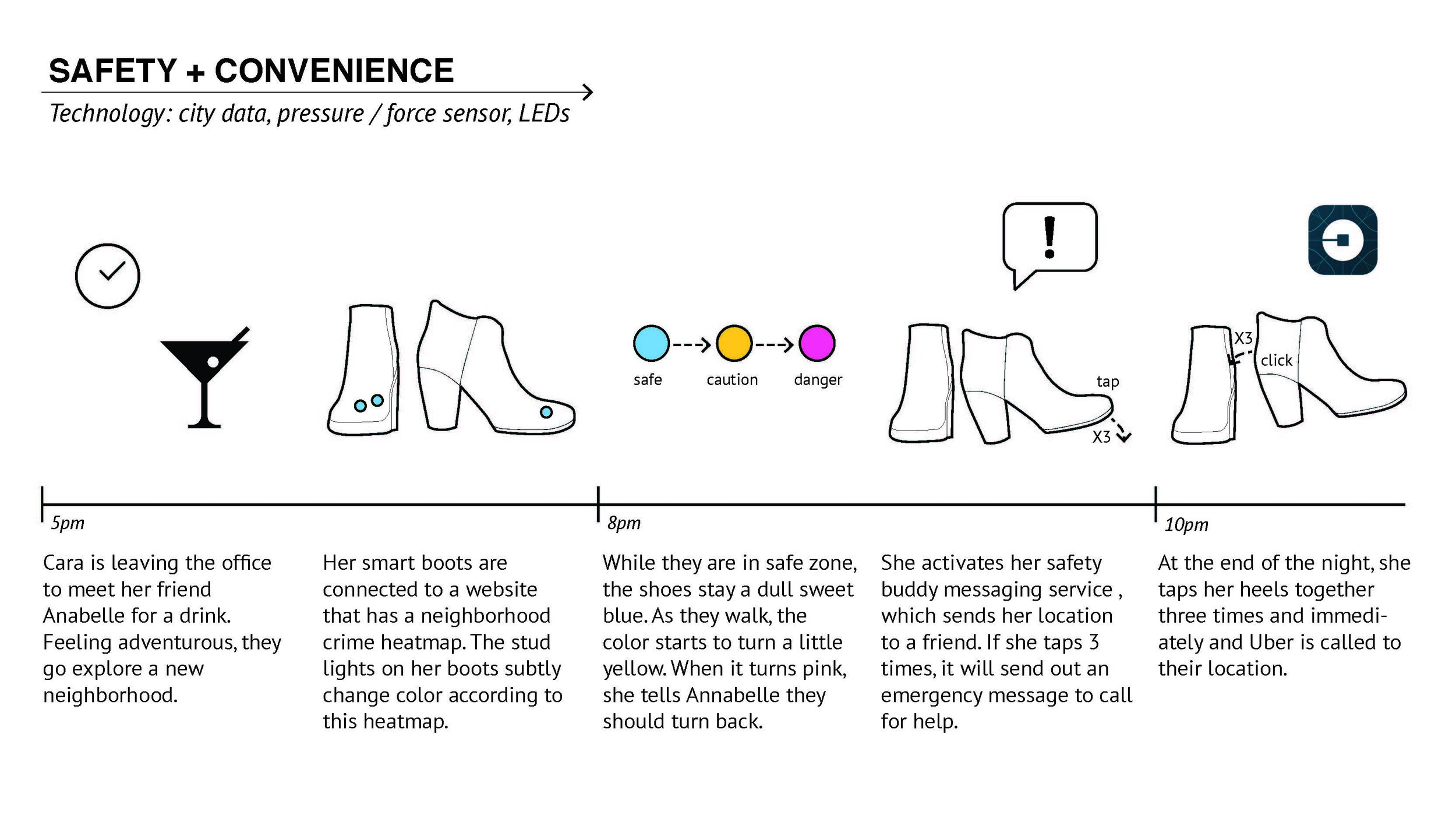
In addition to features that would assist with weather alerts and navigation, these “smart boots” also included technology connected to a crime heat map that could detect unsafe neighborhoods and allow emergency messaging. I believe that considering safety features such as these is essential to why more women are needed in the field of creative technology. Moreover, as a design major myself, research projects such as these allow me to visualize how I might utilize my skills to help other women in a variety of contexts.
![[OLD FALL 2018] 15-104 • Introduction to Computing for Creative Practice](../../../../wp-content/uploads/2020/08/stop-banner.png)
